Restaurant Cleaning
Introduction:
Restaurant Cleaning refers to the specialized cleaning services tailored to the unique needs of restaurants and food establishments. It encompasses various tasks aimed at maintaining cleanliness, hygiene, and compliance with health regulations.
Definition:
Restaurant Cleaning involves the thorough cleaning of dining areas, kitchens, restrooms, and other spaces within a restaurant. It includes tasks such as floor cleaning, surface disinfection, equipment sanitization, and waste disposal.
Key Features or Components:
- Sanitizing food preparation areas
- Cleaning dining tables and chairs
- Disinfecting restrooms
- Removing grease and grime from kitchen surfaces
Importance in Cleaning Service:
Restaurant Cleaning is crucial for ensuring a safe and hygienic dining environment for customers. It helps prevent food contamination, reduces the risk of foodborne illnesses, and maintains a positive reputation for the restaurant.
Inspection Criteria:
Inspectors evaluate various aspects of restaurant cleanliness, including the condition of food contact surfaces, presence of pests, cleanliness of restrooms, and compliance with hygiene standards set by health authorities.
Common Issues and Failures:
Common problems in restaurant cleaning include inadequate cleaning of kitchen equipment, improper sanitation of food contact surfaces, and neglecting restrooms, which can lead to health code violations and customer dissatisfaction.
Maintenance and Repairs:
Regular maintenance involves scheduling routine cleaning tasks, training staff on proper cleaning procedures, and promptly addressing any equipment malfunctions or maintenance issues.
Regulations and Standards:
Restaurant Cleaning must comply with local health regulations and standards, which dictate hygiene practices, cleaning frequencies, and sanitation procedures to ensure food safety and public health.
